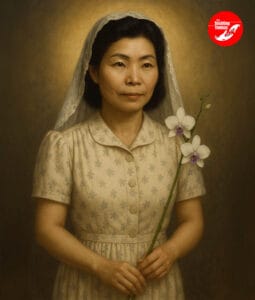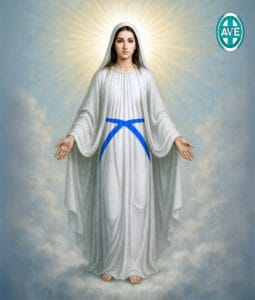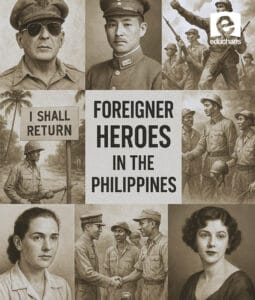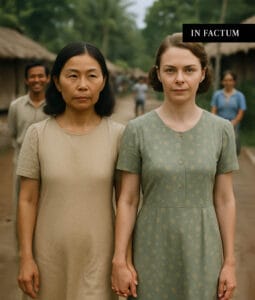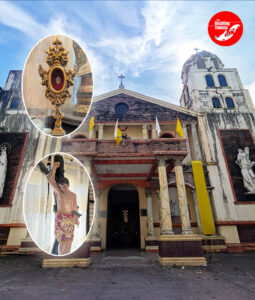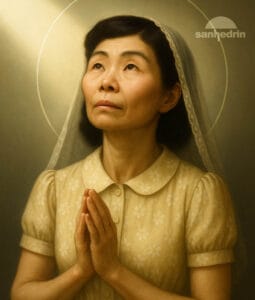In San Narciso, Nana Masay, an appellate by which she came to be known became a model neighbor who one could depend on and one whose reputation was quite respectable as she was warm to everyone, cheerful even to those in distress and helpful not only to the relatives of Vicente but to anyone who came her way. Despite being a foreigner, it was easy to approach her because of her humble and simple ways and she easily became a welcomed member of the San Narciso community.
And then the war came and when the invading Japanese forces came, she was the unanimous choice for the dreaded Kempeitai, the Japanese military police which was the equivalent of the German SS, to serve as its official interpreter because in Japanese culture, the sensei, or teacher is most respected over the other one who was also a photographer. Given such an authority, Masue could have easily changed if her kindness and generosity were only put on, but she continued with her genuine winning character which made her a friend to everyone.
Not so with Vicente, her Aglipayan husband. Stressed perhaps with his growing number of children, he resorted to mobile retailing with a Japanese photographer as his partner. Aggrieved likewise by an earlier arrest of Masue as a Japanese spy, Vicente had been helpless when Chita, their youngest died, with his wife coming home when she had long been buried and she was still in Fort Stotsenberg in Pampanga. Now faced with prospective thefts of his goods, he had been seen in his protective but threatening stance telling anyone who would try, “Ipa-Hapon ko kayo!” (I’ll tell the Japanese about you) This was very bad because for the eyes of the guerrillas, this makes him indeed a collaborator or someone sympathetic to the enemy. Thus, one day while he was upon the stairs, a young guerrilla fatally shot him twice.
This was the greatest test for Masue’s unconditional love. She would have used her authority to round up the guerillas to identify the culprit right away but no, she understood them. In fact, she continued pleading and arguing for the suspected guerillas even if one of them murdered her husband. In fact, when Rafael Falucho, aged fourteen, approached to ask for her forgiveness, she readily forgave her just like what she did to the one who accused her of being a spy. The other one concerned her best friend, Elizabeth Stocks-Fontillas which she knew was really an intelligence officer operating in the Zambales area. She did everything in her power to save Elizabeth, and for this Elizabeth reciprocated her friendship even more during the Liberation days.
She was still a Buddhist when Our Lady appeared to her atop the San Sebastian Church. She was wearied and very troubled for the unfinished cases of guerillas she wanted to save when she made a short cut across the churchyard on the way home when she unassumingly saw “the most beautiful woman“ she ever saw. For about two hours before the break of day, she was calmed by the Lady and she went home more resolute in saving the prisoners. One difficult case was that of one who was about to be executed as he was really a guerilla who even had a gun. When he came to her grateful for his life, she instructed her to thank God instead by attending Mass every Sunday.
After the war, she made efforts of becoming a Catholic herself. She had made it, in fact, possible to have all her children baptized as Catholics. For her Christian name she chose the name of her bosom friend to imitate her courage and charity which she unwittingly possessed already, Elizabeth, meaning God’s gift or given by God. Anyway, both Elizabeths are God’s gifts to the people of San Narciso. They are unquestionably documented heroines of the war-torn years.
But would Nana Masay despite her heroism qualify as a saint? Our Lord spoke to St. Martin, the centurion from Tours, even when he was just a cathecumen when he halved his capella (this is the origin of the word Kapilya which means a little church because the capella; {sorry, INC brethrens, the term you are using to refer to your big churches are a misnomer and is very Catholic} was made a relic there in memory of the saint) so that a man on the roadside would not die from the frost. The Lord’s explanation was that whatever good you do to your fellow men, you also do unto Him. And Nana Masay wasn’t even a cathecumen yet when Our Lady appeared to her knowing that she was already saving lives.
And when Masue finally became Elizabeth and was already attending the Catholic dawn mass, she was gifted again by the apparition of Our Lady and this time with the man with “the kindest face” behind her. This happened while she was looking at the altar belen when the Virgin came to life.
And to finally answer the question, this writer says the affirmative. Because in the Virgin’s last apparition to Elizabeth Masue, while she was still on earth, she told her that all her sins are already forgiven and that she would be joining her (in Heaven) soon. This was the reason why Nana Masay asked her eldest to spend the five-peso-bill she had remaining because she wouldn’t want to bring anything earthly where she was going. What argument can a devil’s advocate still conceive after such affirmations?!

